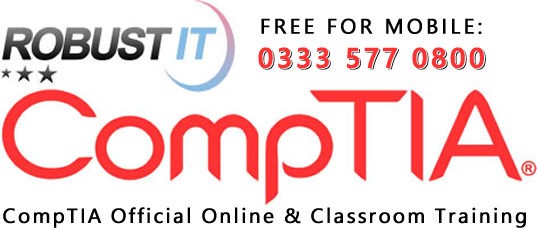

Earning a CompTIA A+ qualification will give you a great ground knowledge of the intricacy of IT and will teach you the essentials of hardware and software management

The CompTIA A+ is designed to prove your competence in the fundamentals of hardware, software and operating systems. Studying a CompTIA A+ is ideal for newcomers to the industry that have an interest in understanding IT and are keen to get to grips with IT concepts. Learners will gain knowledge on system troubleshooting and repair; networking; as well as security and operational procedures - including the communication skills that every helpdesk or remote support employee should possess!
Our A+ training course is ideal for those that are looking to get the skills and certifications to thrive within a competitive IT sector and can boost your chances of achieving a successful career as a desktop support technician or first line support desk clerk. Due to the vendor neutral status of CompTIA the A+ will get you ready for multiple systems and will give you a broad spectrum of knowledge, which is why it’s the ideal starting step to a career within the industry.
The main areas that are covered in this course are:
Achieving a CompTIA A+ qualification will unlock a number of doors for you within the IT industry, with salaries for those that hold an A+ certification ranging from £16,000 to £56,673.
The roles that you will be qualified for are as follows:
CompTIA CertMaster is an online learning tool that helps you prepare for your CompTIA certification exam with confidence.
To find out more about CertMaster please click below to...
Find out more »